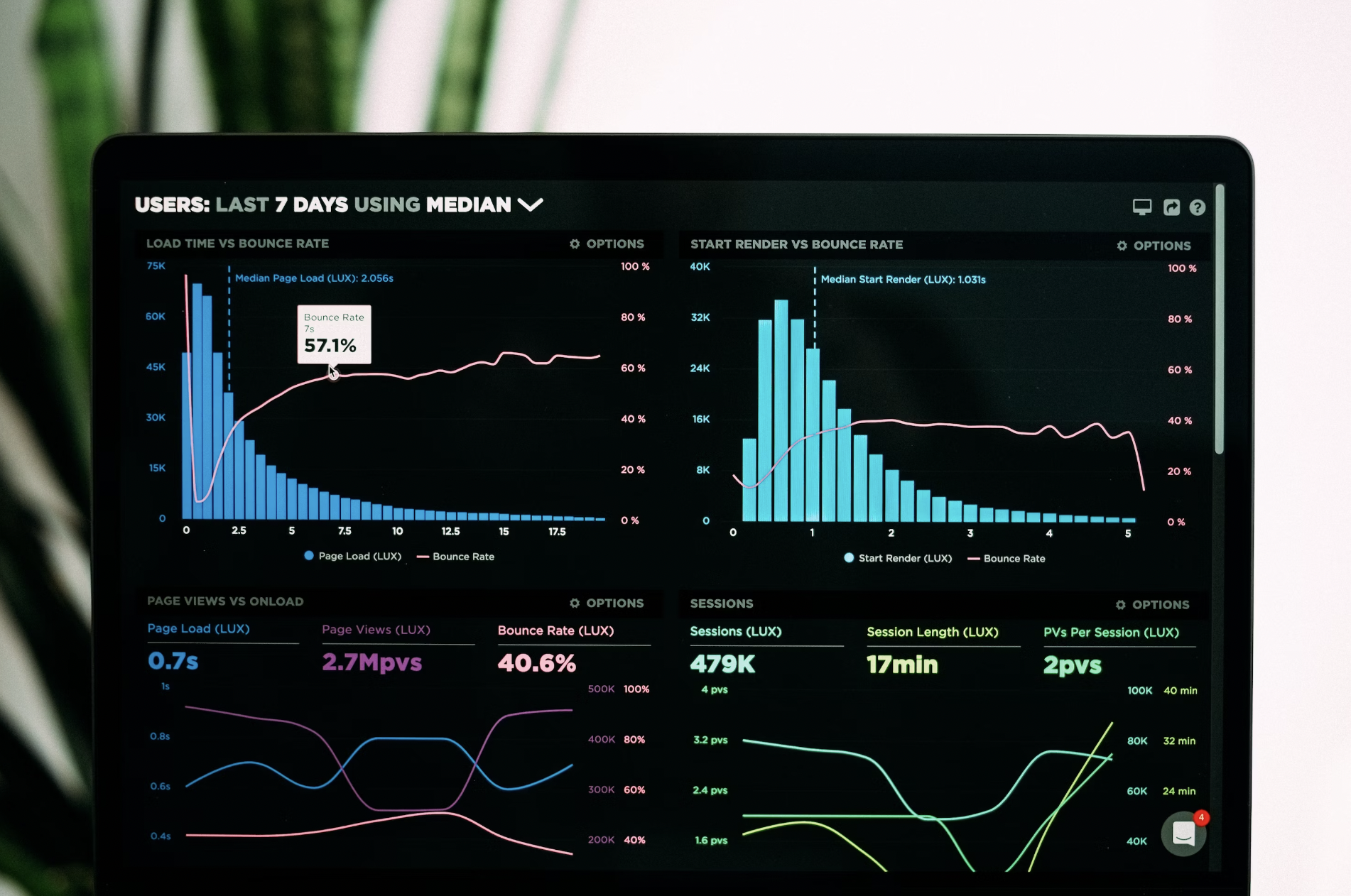Did you know, according to recent data, over 50% of global internet users use YouTube at least once a month? With more than 2.7 billion monthly active users (MAU), YouTube is a top platform to help content creators like you reach your perfect audience if you know how to use the platform to your best advantage.
Whether you’re an aspiring vlogger, a niche content creator, or a business looking to leverage video marketing, your success on YouTube largely depends on your ability to understand and harness the power of YouTube Analytics.
In this guide, we’ll take you through the essential steps to master YouTube Analytics and use it to enhance your channel’s performance.
What Is YouTube Analytics?
YouTube Analytics is a robust tool provided by the platform to help content creators gain insights into the performance of their videos and channels. It offers a wealth of data that can be used to make informed decisions about content strategy, audience engagement, and growth. By analyzing this data, creators can identify strengths, weaknesses, and opportunities for improvement, ultimately leading to more successful and impactful videos.
Accessing YouTube Analytics
Before we delve into the details of using YouTube Analytics effectively, let’s ensure you know how to access it:
- Log in to Your YouTube Account: Make sure you’re logged in to the YouTube account associated with your channel.
- Click on Your Profile Picture: In the upper right-hand corner, click on your profile picture to open a drop-down menu.
- Select “YouTube Studio”: Choose the “YouTube Studio” option, which will take you to the creator dashboard.
- Navigate to “Analytics”: On the left-hand sidebar, click on “Analytics” to access the treasure trove of data about your channel and videos.
Understanding Key Metrics
YouTube Analytics provides a wide range of metrics and data points, but here are some key metrics you should focus on to understand your channel’s performance:
1. Watch Time:
Watch time is the total number of minutes viewers have spent watching your videos. It’s a crucial metric because YouTube prioritizes videos that keep viewers engaged for longer periods. In fact, you need 4000 hours of watch time (and 1000 subscribers) if you want to earn from YouTube advertising.
2. Views:
Views represent the number of times your videos have been clicked on and watched, even if it’s just for a few seconds. While views are essential, don’t rely solely on them; focus on watch time and audience retention for a more comprehensive understanding of engagement.
3. Audience Retention:
This metric shows how well your videos are retaining viewers’ attention throughout their duration. A high audience retention rate indicates that your content is compelling and keeps viewers watching.
4. Click-Through Rate (CTR):
CTR measures the percentage of viewers who click on your video after seeing it in their recommended or search results. A higher CTR indicates that your video’s thumbnail and title are effectively enticing viewers to click.
5. Subscribers:
Monitoring your subscriber count is essential for tracking your channel’s growth. Gaining subscribers signifies that your content resonates with viewers and encourages them to stay connected.
6. Traffic Sources:
Understanding where your traffic is coming from (e.g., YouTube search, external websites, or social media) can help you tailor your promotion and distribution strategies.
Analyzing Your Audience 
To optimize your content effectively, it’s crucial to know your audience inside and out. YouTube Analytics provides valuable insights into your viewers’ demographics, including age, gender, and location. This data can help you:
1. Create Targeted Content:
Tailor your content to match the preferences and interests of your primary audience. For example, if your audience is predominantly young adults interested in technology, you can create more tech-related content.
2. Determine Ideal Posting Times:
Analyze when your viewers are most active and adjust your posting schedule to maximize reach and engagement during those times.
3. Expand Your Audience:
Identify demographics that are underrepresented among your viewers and consider creating content that appeals to those groups. This can help diversify your audience and increase your channel’s growth potential.
Video Performance Analysis 
Beyond channel-level insights, YouTube Analytics also provides data for individual videos. Here’s how to analyze video performance:
1. Top-Performing Videos:
Identify your most popular videos based on views, watch time, and engagement metrics. Study what made these videos successful and apply those insights to future content.
2. Audience Retention:
Examine the audience retention graph for each video to pinpoint where viewers tend to drop off. Use this information to improve pacing, content quality, and engagement strategies.
3. Traffic Sources:
Determine where the majority of your video traffic is coming from. If a particular source is driving substantial views, consider optimizing your content for that platform or channel.
4. Viewer Interaction:
Pay attention to likes, dislikes, comments, and shares. Engage with your audience by responding to comments and fostering a sense of community around your content.
Setting Goals and Iterating 
Now that you’ve gathered insights from YouTube Analytics, it’s time to set clear goals and iterate on your content strategy:
1. Define Your Objectives:
Decide what you want to achieve with your YouTube channel, whether it’s increasing subscribers, growing watch time, or building brand awareness.
2. Create an Action Plan:
Based on your analytics data, outline actionable steps to achieve your goals. This might include refining your video titles and thumbnails, experimenting with different content formats, or collaborating with other creators.
3. Measure Progress:
Regularly review your analytics data to assess your progress toward your goals. Adjust your strategies as needed to stay on track.
4. Stay Informed:
Keep up with YouTube’s algorithm updates and best practices for content creators. The platform is continually evolving, and staying informed will help you adapt to changes and maintain your channel’s growth.
As you keep growing and creating, remember that success on YouTube is a journey, and continuous learning and adaptation are key to maintaining a thriving channel in this dynamic digital landscape. So, dive into YouTube Analytics, harness its power, and watch your channel reach new heights of success.
What channel-changing insights have you gotten from YouTube Analytics? Share your favorite video with us!

